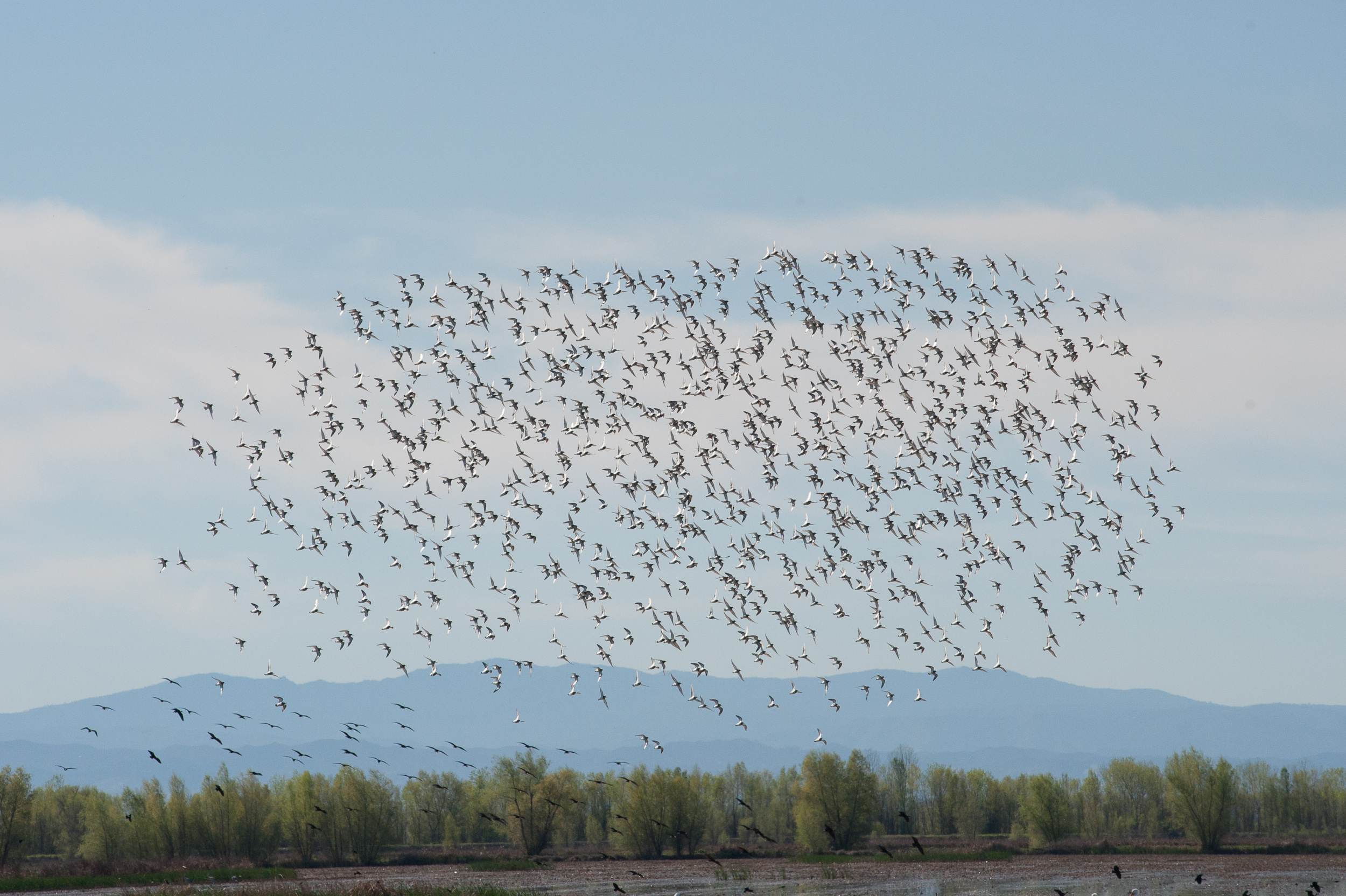Our Accomplishments
For decades, The Nature Conservancy, Audubon California, and Point Blue Conservation Science have been working to create a thriving Central Valley.
Ten years ago we formalized our partnership to most effectively use science, policy, partnerships, and land and water stewardship expertise to create healthy human and wildlife communities. We have a bold vision and a unique approach to match it.


We create durable solutions—innovative approaches that engage policy, science, partnership, and resource management, and that are resilient in the face of changing conditions and an uncertain future.
Building a culture of conservation in the Central Valley
When interviewed, landowners describe a shift in culture and attitudes toward conservation work in the Valley that is attributable to the Partnership. Farmers are now more willing to work with NGOs and public agencies to create habitat and to implement research and science to develop appropriate solutions and establish effectiveness.
Influencing decision-makers
Collaborative Partnership research provided the foundation for NRCS to introduce the Waterbird Habitat Enhancement Program to support farmers’ implementation of bird-friendly farming practices. Working closely with NRCS and the California Rice Commission, the Partnership helped enroll 75 farmers and 23,000 acres in the first year of the program alone. This expanded to over 100,000 acres of habitat in subsequent years.
During the drought, federal legislators were faced with difficult water management decisions, and proposed eliminating surface water deliveries to refuges. Partnership science and advocacy ensured that refuges received allocations on par with other senior water rights holders and avoided potentially disastrous results for waterbirds.
Establishing the scientific foundation for large-scale planning
Provided the scientific backbone for the Central Valley Joint Venture Implementation Plan update, conducting the necessary science to update targets for six of the eight bird chapters and evaluating the potential for carbon sequestration on riparian floodplains.
